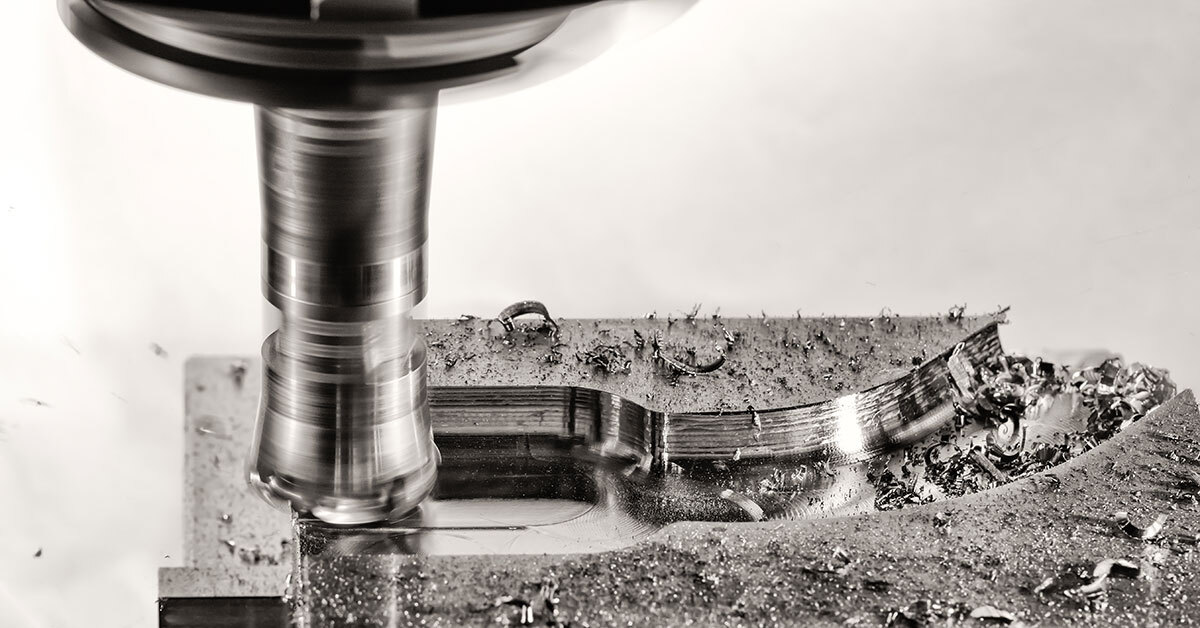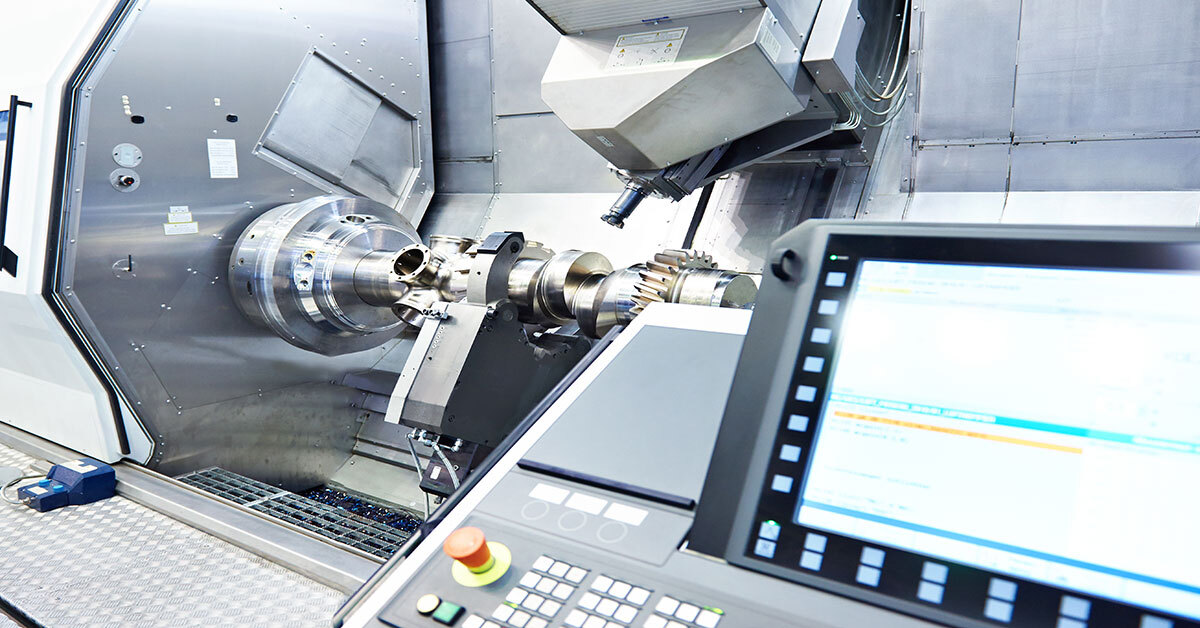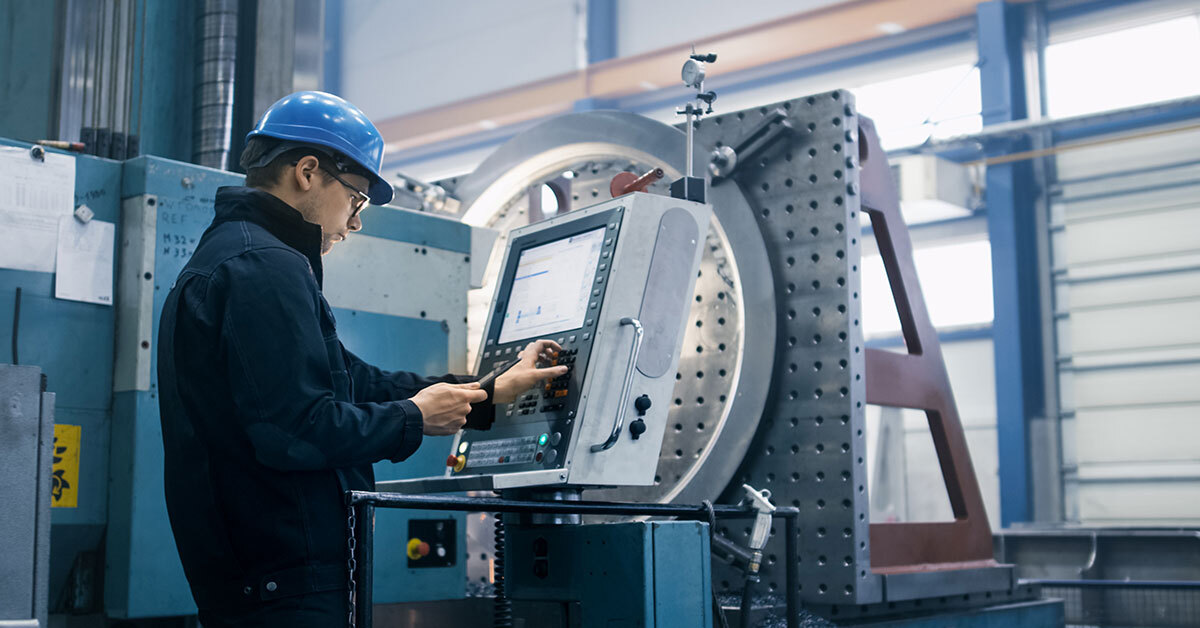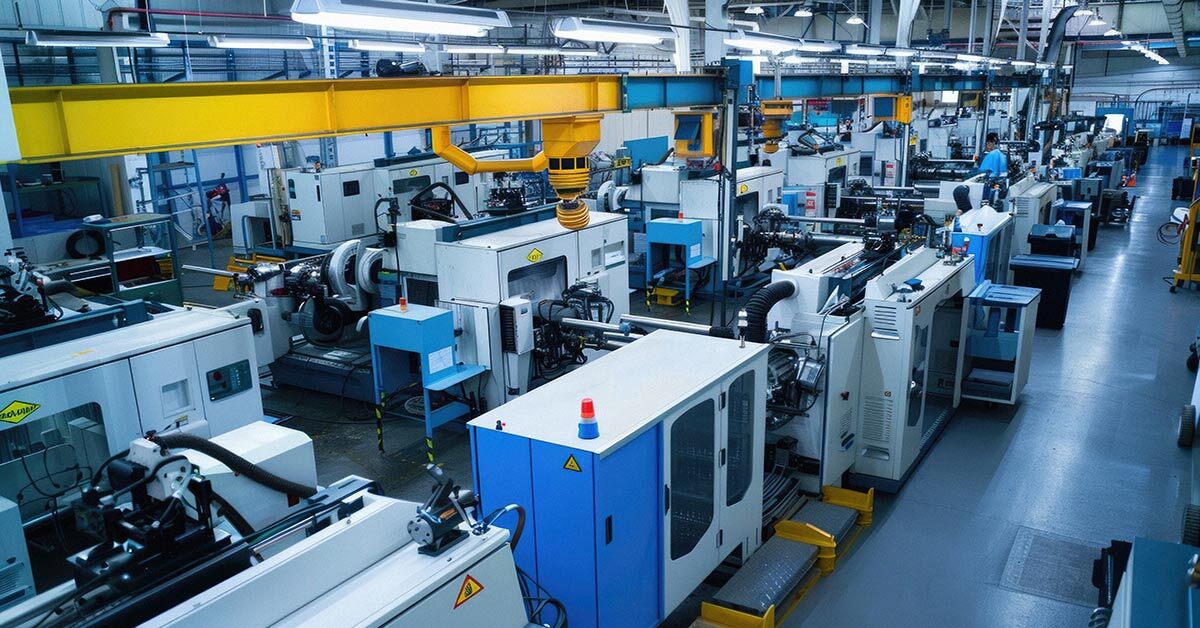Why the Best Shops Get Better Results With the Same Tools
Posted by Cam Glass on 06.24.25

You don't need a new tool. You need a better process.
Smarter Shops, Stronger Results
Walk into any CNC shop, and you'll hear it: "This tool's killing me." It's an easy explanation for a complex machining issue. And sure, sometimes the tool really is the problem. But most of the time, it's not just about the tool. It's about how the tool is used.
The difference between top shops and average ones is process, not tooling. In fact, a study by Gosiger found that high-performing shops using the same equipment and cutters consistently achieve 75 percent spindle utilization, compared to just 65 percent in average shops.
Those process advantages can double the annual revenue per machine when dialed in.

In this blog, we're pulling back the curtain on what top shops do differently. We'll break down how they get better results using the same end mills, holders, and machines already sitting on your floor. No gimmicks. Just smarter decisions upstream.
Below, we'll explore three process-driven behaviors that boost tool life, improve cutting performance, and unlock serious gains in cycle time, finish quality, and predictability.
Stick around. At the end, we have a small easter egg waiting for you that you can start using right away.
Track What Works
Successful optimization isn't about chance. It's about refinement.
Did Edison stop after his first failed filament? Of course not. He tested thousands of variations, tracked every result, and refined until he brought light to the streets in a time still ruled by lanterns and candlelight.
Shops are no different. Whether it's spindle speed, feed rate, chip load, or tool geometry, top-performing teams record the exact specs that deliver results. The workflow shouldn't start from scratch when that job returns next month or gets handed to someone else. It starts from a proven recipe.
This kind of documentation saves time and reduces errors. The setup gets faster, rework rates fall, and the instinctual knowledge that used to live in one person's head becomes part of the process. It's not glamorous, but it is proven, and it's one of the most significant differences between a shop that scrambles and a shop that scales.

For example, a third-shift operator runs into chatter on his second tool. Rather than guessing, he tweaks the feed rate, solves the issue, and leaves a note. The first shift walks in, reviews the fix, and updates the CAM file. Now, the entire shop benefits from a single observation, and that adjustment becomes standard practice on future runs.
If you don't track what worked and why, you'll waste time relearning things you've already figured out.
Pro Tip: Start simple. Keep a note of how many parts a tool runs before it shows wear. Once you see the pattern, back off the number slightly and make that your new standard.
That slight shift alone can eliminate rework and free up hours of uptime.
Match Tooling to the Operation
The task at hand determines the tool in the toolholder.
Not all cuts are created equal. So why act like your cutter is a Swiss army knife? One of the most significant process mistakes we see is that shops often rely on a "go-to" tool for a broad scope of operations. Same 4-flute, same coating, and the same setup whether you're making a roughing pass on stainless or a finishing pass on aluminum. It may work, but it won't work great.
The best shops know that tool geometry needs to match the cut, not just the material. That means adjusting flute counts, coatings, edge preps, and chipbreakers for the task at hand. Are you hogging out stock or chasing finish? Slotting? Profiling? Full-width or radial stepdown? The answers adjust the process, and the process adjusts the end product.
Let's take end mills, for example. A rougher might have fewer flutes and chipbreaker notches. It's built for evacuation and speed. You wouldn't expect a glass finish from it, and you can't. That's why you load up your finishing tool. More flutes. Smooth but sharp edges. Tighter tolerances. It removes less, but that's the point.
You use a heavy brush to clean your car but a microfiber cloth to polish it.
Running both on the same part, in the proper sequence, lets you move fast without sacrificing surface finish. It can also double your tool life while you're at it.
Mini Breakdown
Roughing pass → Lower flute count, chipbreakers, aggressive feed
Finishing pass → Higher flute count, clean edge, controlled engagement
It doesn't stop at flute count. Coatings matter, too.
Cutting aluminum? Polished flutes and a TiB2 coating help prevent chip welding.
Hitting hardened steel? You'll want TiAlSiN or something similar to survive the heat. These aren't boutique decisions. They're process decisions. Your margins will agree.
Pro Tip: Stop thinking, "What tool do I usually use for this material?" Start asking, "What tool geometry fits this specific cut?" That shift in thinking pays off every time.
Tool Changes Come From Data, Not Intuition
"That tool felt dull" is a hypothesis and usually shows up too late.
Top-performing shops don't wait for tools to fail before acting. They monitor, log, and replace using real usage data, not gut instinct.
Whether it's part counts, surface inspections, or spindle load metrics, their goal is simple: catch problems before you catch scrap. It's like catching that suspicious extended warranty text before your banking info ends up on Reddit.
The mindset shift from reactive to proactive is critical. Instead of running a tool until it begs for mercy, these shops identify the safe, productive window for tool life and stick to it. They aren't guessing when a cutter should come out of the spindle. They know.

One shop we've worked with used to lose hours of production each week to unpredictable failures. They found their tipping point after logging parts per tool and tracking surface wear. Now, they change that cutter at the 900-part mark every time.
No last-minute panic. No broken tools. No rework.
Tool life is like an engine hour meter. It's not about squeezing out every second. It's about keeping performance consistent and predictable. When you replace it before the break, you don't just save the tool. You save the part, the spindle, the shift, and sometimes even the customer.
Is It Time to Level Up Your Team?
If you're already dialed in, great. But your new team members probably aren't. Use this section and our new High Performance Machining Toolkit as a training reference. Print it. Share it. Help raise your floor while you push your ceiling.
Pro Tip: Start with part count tracking. Keep a note of how many parts a tool runs before it shows wear. Once you see the pattern, back off the number slightly and make that your new standard. That small shift alone can eliminate rework and free up hours of uptime.
Smarter Shops, Stronger Results, Adequate Scaling
To get better results, you don't need to overhaul your toolroom or replace your supplier. You just need to overhaul your habits.
Shops that perform at maximum efficiency aren't always using different tools to refine their margins. They're just using them better. Dialing in a repeatable process is easier than constantly testing tooling to scrape a few extra percentage points. They track what works well. They match their cutter to the specific task at hand. They replace tools based on data, not gut.
The payoff?
Above anything else, quality and efficiency. After that, profit.

If you're serious about improving shop efficiency, we've built a resource to help you get started. The High-Performance Machining Toolkit gives your team quick reference guides for tooling decisions, lifespan tracking, and setup best practices.
Download it and start dialing in your process today.
The High-Performance Machining Toolkit includes:
- A quick-reference guide to tool geometry and application
- A tool life matrix for best practices and predictable replacement
- A list of quick wins for boosting finish and repeatability
- And more!
[Download the High-Performance Machining Toolkit]
Start refining how your shop runs, and get better results with the tools already on your bench.
